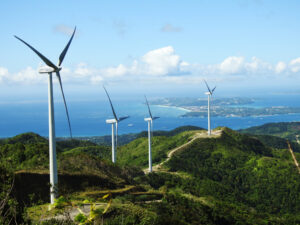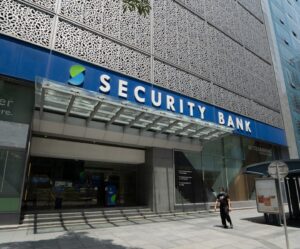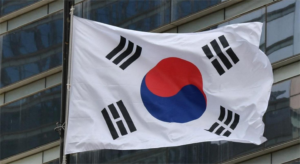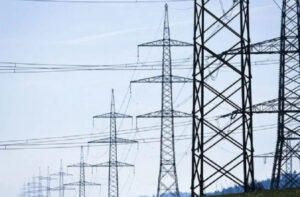Menu
Inflation in the Philippines Takes a Downturn, Dropping to 2.8% in January
- Junnel G
- February 6, 2024
- 5:59 pm

The inflation rate in the Philippines has recorded a decline for the fourth consecutive month since October of the previous year, hitting a low of 2.8% in January 2024. This decrease is attributed to reduced price hikes in essential sectors such as food, utilities, and transportation, according to the latest data from the Philippine Statistics Authority (PSA).
National Statistician and PSA chief Claire Dennis Mapa confirmed this downtrend during a press briefing, noting that the current rate is the slowest since October 2020, when inflation stood at 2.3%. This rate also represents a significant decrease from the 8.7% rate recorded in January 2023 and falls at the lower end of the Bangko Sentral ng Pilipinas’ (BSP) forecast range for January, which was between 2.8% and 3.6%.
Mapa pointed out that the deceleration in January’s inflation is partly due to high base effects from January 2023, which was the peak since November 2008. The BSP anticipated this slowdown, projecting that inflation would moderate in the first quarter of 2024 due to negative base effects and some easing of supply constraints for key commodities. However, the central bank also warned of a potential temporary acceleration above the target range from the second quarter of 2024, mainly due to the effects of El Niño weather conditions and positive base effects.
The Food and Non-Alcoholic Beverages index emerged as the primary contributor to the slowdown in January, with its inflation rate dropping to 3.5% from 6.4% in the previous month. This index alone accounted for 68.5% of the overall inflation downtrend. The dip in inflation for this category was largely due to significant decreases in the inflation rates for vegetables, meat, and fish and seafood.
The Housing, Water, Electricity, Gas and Other Fuels index, and the Transport index were also instrumental in the overall easing of inflation, contributing 16.3% and 6% to the downtrend, respectively.
Despite the general decline in food inflation, the rice inflation rate surged to a new 14-year high of 22.6%, up from 19.6% in December 2023. Mapa attributed this spike to sustained high rice prices in the global market and base effects from the first seven months of 2023.
Inflation for the bottom 30% income households also mirrored the overall trend, decreasing to 3.6% from 5% in December 2023.
In response to these developments, NEDA Secretary Arsenio Balisacan stated that the Inter-Agency Committee on Inflation and Market Outlook (IAC-IMO) would continue to monitor prices closely. The government aims to provide timely policy recommendations to ensure stable and affordable prices for commodities, especially with the looming El Niño until May. Balisacan emphasized the importance of introducing stop-gap measures, such as allowing further imports of key commodities, to stabilize supply and prices, while ensuring fair prices for local producers.
President Ferdinand “Bongbong” Marcos Jr. has taken proactive steps by extending reduced tariff rates for pork, corn, and rice until the end of 2024 through Executive Order No. 50. Additionally, he reactivated the Task Force El Niño through Executive Order No. 53 to bolster the government’s preparedness in securing essential resources and ensuring public safety amid the El Niño phenomenon.
#Top Tags COVID Covid-19 Technology Finance Investing Sustainability Economy

Subscribe to Our Newsletter and get a free pdf:



















Comments are closed for this article!